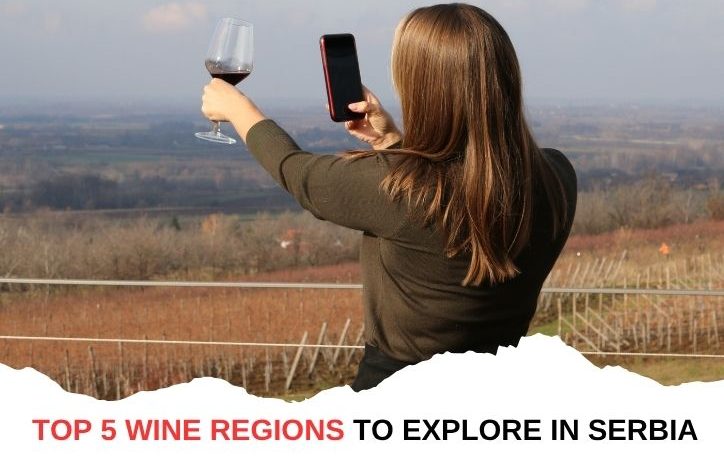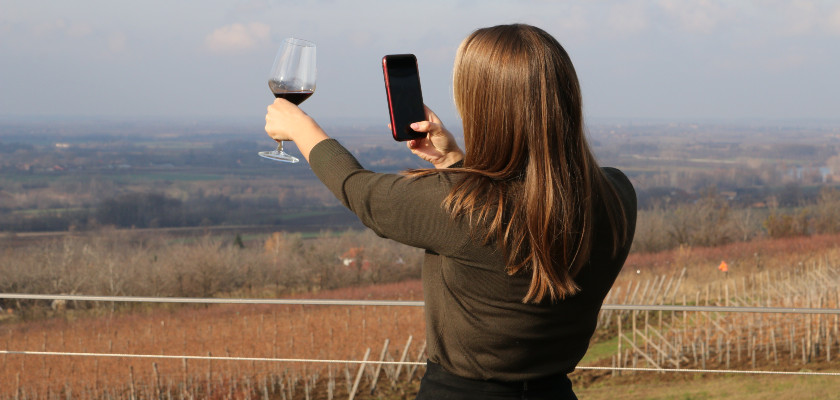Top 5 Wine Regions to Explore in Serbia
When you think of wine destinations, Serbia probably isn’t the first country that comes to mind. But for travelers who are curious, open-minded, and enjoy discovering lesser-known wine stories, Serbia offers a surprising and deeply rewarding experience. The country’s winemaking tradition stretches back centuries, but what makes it compelling today is a new wave of boutique wineries working with both international varieties and local grapes like Prokupac, Tamjanika, Morava, Smederevka, Kadarka, and Bagrina.
This is not Napa Valley or Tuscany. Most wineries are small, family-owned, and not always open to walk-in visits. Wine tourism in Serbia is still developing: many places require advance booking, and very few organized tours are guided by people with actual wine knowledge. But with the right itinerary — and ideally a local guide who understands wine — Serbia offers intimate, authentic, and often unforgettable tasting experiences.
Here are five regions you should consider if you’re serious about exploring Serbia through its wines.
1. Šumadija – The Heartland of Innovation
Centrally located and home to Serbia’s royal heritage, Šumadija is not only historically significant but also a hub of modern wine experimentation. It was the Despotika Winery that first brought Prokupac and Morava — grapes traditionally associated with southern and eastern Serbia — to this region. Despotika is particularly notable for its full vertical of Morava wines, including stainless steel, barrel-aged, orange, and amphora-aged styles.
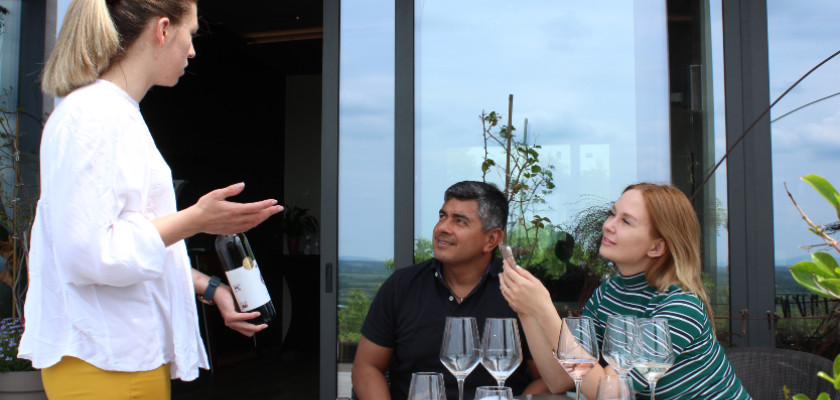
Aleksandrović, perhaps the most internationally recognized Šumadija winery, while best known for its Bordeaux-style blends and international varietals, has also produced an outstanding Prokupac, proving that local grapes can thrive in carefully managed Šumadija terroir.
Add to that Radovanović Winery, one of the pioneers of modern Serbian winemaking, and smaller producers like Trilogija and Arsenijević, and you get a complete picture of a region that balances heritage, innovation, and a sense of place.
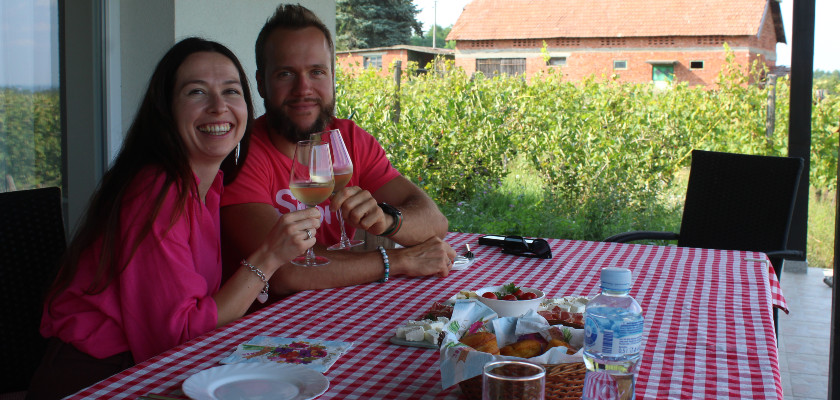
It’s also worth mentioning the Đoković Winery, owned by tennis champion Novak Đoković, located near the village of Lipovac. While not currently open for public visits or tastings, its presence has brought increased international attention to the region and is anticipated to play a bigger role in the years to come.
The region’s soils are a mix of clay and sand, with good elevation and sun exposure — ideal for structured reds and aromatic whites.
What to expect: modern cellars, scenic vineyards, good road access — and if you’re lucky, a tasting with the winemaker themselves.
2. Fruška Gora – Where Tradition Meets Minimal Intervention
Fruška Gora, in northern Serbia, is one of the country’s oldest wine regions. Historically known for bermet (an aromatic dessert wine from Sremski Karlovci), today it’s the heart of a new generation of small-scale, low-intervention winemaking. The diversity of soils and microclimates across the hill’s slopes allows for a wide range of styles.
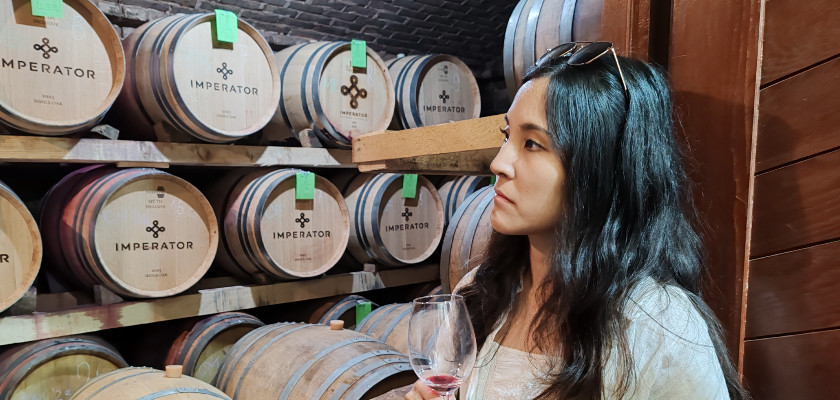
Here, avoid the overly commercial names and look for producers like:
- Komuna – based in Rivica, this natural wine project is known for low-sulfur, character-driven wines
- Salaxia & Imperator – two biodynamic and organic wineries sharing space in Rakovac, complete with a top-tier slow food restaurant on site
- McCulloh Wines – a boutique, biodynamic winery located in Erdevik, owned by a Scotsman married to a local woman; focused on purity and balance
- Kiš Winery – one of the few traditional cellars still offering honest, soulful Karlovci wine experiences
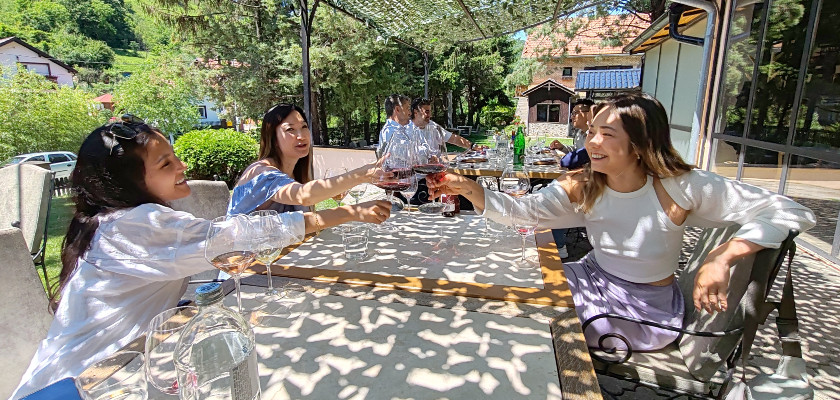
Key varieties in this region include Graševina, Riesling, Pinot Gris, Frankovka, Traminac, and Pinot Noir, often produced in both classic and experimental styles.
3. Negotin & the Stone Cellars of the East
Near Serbia’s border with Bulgaria, the Negotin region is unlike anywhere else. Its defining feature: 19th-century stone wine cellars known as pivnice, built outside the villages in clusters — a unique architectural and cultural phenomenon. The terroir here is dry, sunny, and mineral-rich — a strong influence on the wines.
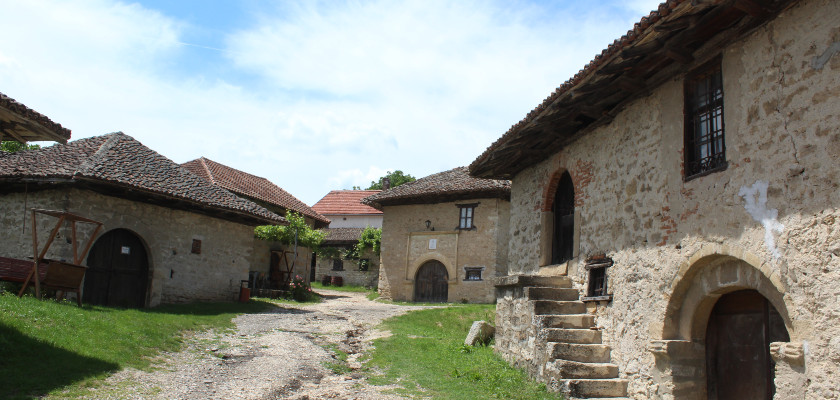
Negotin is the spiritual home of lesser-known but fascinating grapes like Bagrina, Začinak, and Black Tamjanika. While larger producers like Matalj have helped put the region back on the map — their Kremen Kamen (an award-winning Cabernet Sauvignon) is especially respected — the real soul lies in the smaller, often overlooked cellars:
- Raj Winery – a small family winery run by a Serbian-English couple; passionate, precise, and very personal
- Monastery Bukovo – a spiritual and agricultural center preserving traditional winemaking
- Traditional cellars in Rajac and Rogljevo – rustic, atmospheric, and deeply connected to place; tasting here is as much about time travel as wine
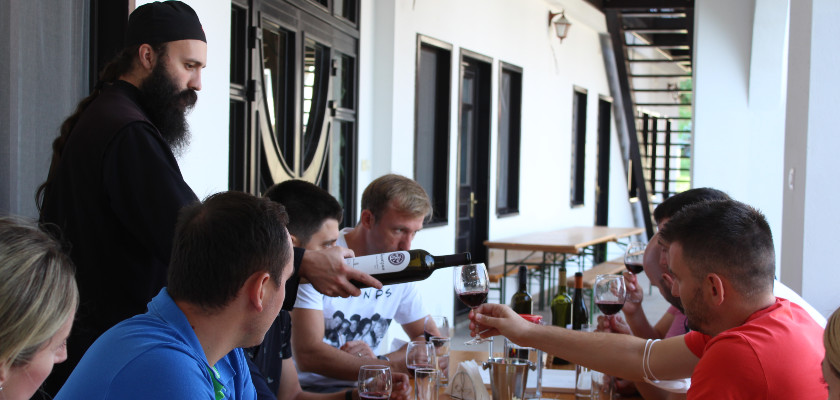
Be aware: not all wineries here are tourist-ready. Some require persistence, a translator, and possibly a 4×4 — but the reward is unforgettable.
4. Župa – Homeland of Prokupac and Tamjanika
If there is a spiritual home of Tamjanika and Prokupac, it’s Župa, the region around Aleksandrovac in southern Serbia. With its warm days, cool nights, and mineral-rich volcanic soils, it produces some of the most expressive native varietals in the country.
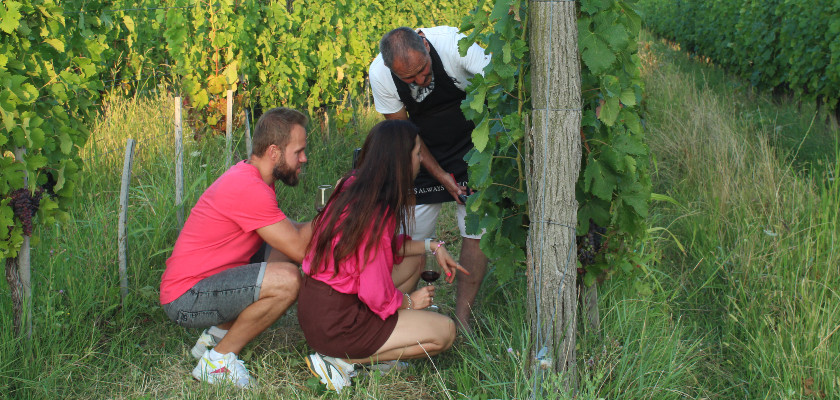
Visiting Župa is like stepping into another era: tastings often happen in people’s homes or small cellars, and food appears spontaneously. You’ll find some of Serbia’s best natural balance between acidity, body, and alcohol here.
Notable producers:
- Minić Winery – known for multiple styles of Tamjanika (dry, semi-sweet, dessert)
- Ivanović – consistent, clean expressions of Prokupac and field blends
- Spasić – focused, structured reds, often unfiltered
- Kosta Botunjac – highly respected for producing some of the country’s finest Prokupac, as well as a rare and unique wine called Jagoda, made from a local strawberry grape. Kosta is also a painter. He says that he is the best painter among winemakers and the best winemaker among painters.

5. Subotica-Palić – Sand, Sun, and Central European Elegance
In Serbia’s far north, near the Hungarian border, lies the Subotičko-Horgoška peščara (Subotica-Horgoš Sands), a region defined by sandy soils and Central European varietals. The wines here tend to be fresh, aromatic, and elegant.
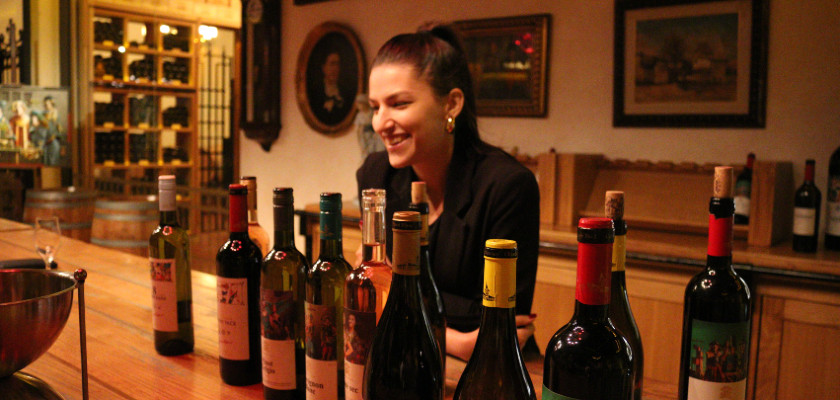
Grape varieties commonly found here include Riesling, Chardonnay, Pinot Blanc, Cabernet Franc, and Kadarka, reflecting both local tradition and regional influence.
Wineries to consider:
- Zvonko Bogdan Winery – although more commercial, they offer consistently well-made Rieslings and rosés in a striking architectural setting
(Note: further research or local guidance is recommended for boutique wineries in this region, as they are less prominent online and in export markets.)
The Subotica area is also architecturally and culturally unique, making it a great two-in-one destination for wine and design lovers.
A Few Honest Tips Before You Go
- Always book in advance. Many wineries do not accept drop-in visitors.
- Don’t expect glossy hospitality. Most places are run by families who focus more on the wine than the show.
- Come with a guide who knows wine. Most tours marketed as “wine tours” are generic sightseeing packages with a stop at a winery that happens to be on the way.
If you’re looking for a curated wine experience with real value — from storytelling to tasting — make sure your guide has actual wine knowledge and relationships with the winemakers.
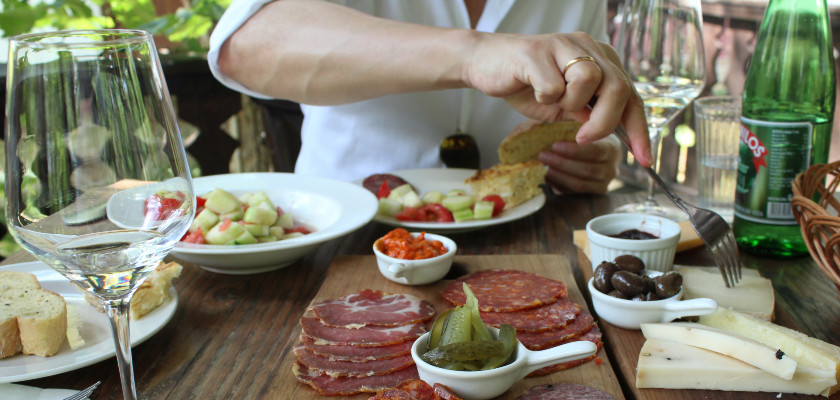
Ready to Explore Serbian Wine with a Local Touch?
We organize private wine tours across Serbia, tailored to your level of interest — whether you’re a curious beginner or a seasoned enophile. Our itineraries focus on handpicked boutique wineries, real connections with winemakers, and travel at your own pace.
👉 Explore our wine tours in Serbia and let us help you discover the stories behind the bottle.
Still under the radar, but worth the detour — Serbian wine is for travelers, not tourists.

